




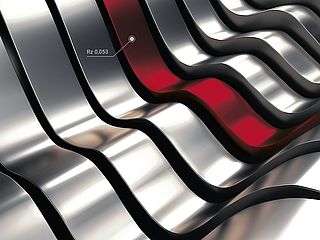
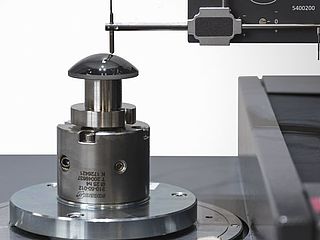

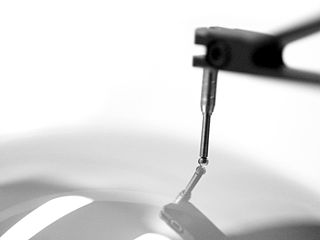
创新的计量学,应用范围广泛:
- • 长度和直径
- • 表面和轮廓
- • 形状和位置
- • 齿轮和轴
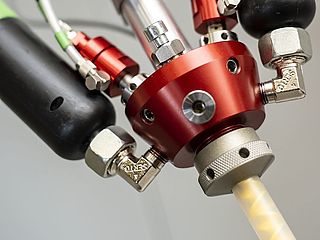
液体和糊剂的精确混合与计量:
- • 齿轮计量泵
- • 纤维生产用泵
- • 计量混合分配机以及混合头
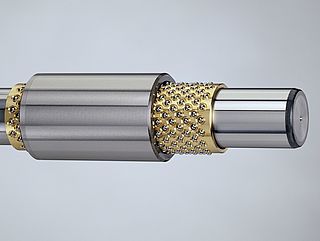
用于以下行业无间隙线性和旋转运动的转冲程轴承:
- • 机械工程
- • 精密工程
- • 光学
- • 电子
- • 以及许多其他行业


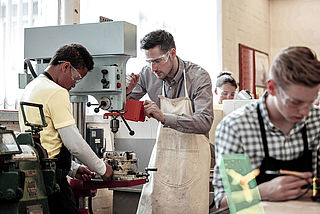

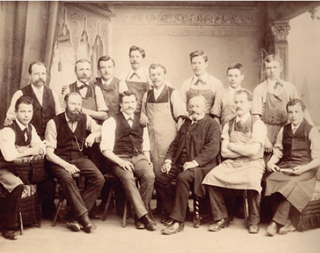


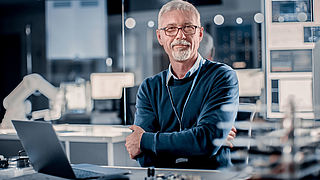
作为一家活跃于国际范围的公司,Mahr 不仅在德国拥有专利,在世界范围内也拥有专利。

ISO 21920 in practice

Because some of the previous standards no longer corresponded to the current state of the art, it was not always possible to clearly describe the surface quality of the finished component – "for example, with new production processes such as additive manufacturing", as Kedziora explains: "They pose different challenges for measurement than the usual, ablative processes. That's why a new profile standard was needed after around 40 years." The result: ISO 21920 has replaced previous standards such as ISO 3274, 4287, 4288, 13565 and 1302. The series of standards consists of three parts. The first part deals with the drawing entries and defines the rules for specifying the profiled surface properties. The second part focuses on the parameters and defines the terminology as well as the terms and parameters for determining the surface quality using the stylus method. Finally, Part 3 focuses on the measurement conditions by defining a complete specification operator for the surface finish using the profile method.
Changes in practice
"Overall, all teams have placed great emphasis on continuity during the standardization process. Weak points of the old standard, imprecise definitions or parameters that are no longer practicable have been eliminated," says project manager Kedziora, who was initially responsible for the first and later also for the third part of the internationally valid series of standards during the standardization process. As he emphasizes, nothing was changed where the old standard provided reasonable results. However, where the old standard was unclear, the new regulation is now clearer. As an example, he cites filter settings that were previously dependent on the workpiece. Preliminary measurements would have been necessary, but nobody actually carried them out. "Now it's no longer the workpiece that determines the filter setting, but the corresponding drawing. In addition, the new profile standards offer extended possibilities for functionally relevant product specifications."
